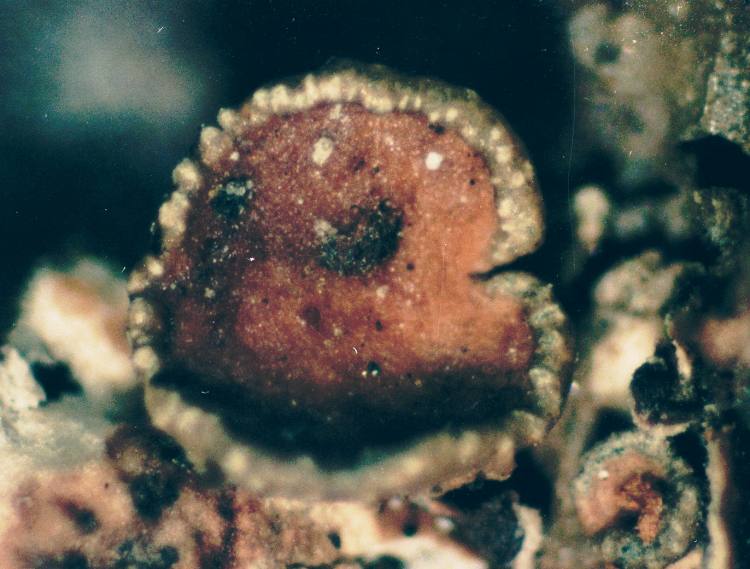|
Melanohalea Multispora
''Melanohalea'' is a genus of foliose lichens in the family Parmeliaceae. It contains 30 mostly Northern Hemisphere species that grow on bark or on wood. The genus is characterised by the presence of pseudocyphellae (tiny pores that allow for gas exchange), usually on warts or on the tips of isidia, a non-pored and a medulla containing depsidones or lacking secondary metabolites. ''Melanohalea'' was circumscribed in 2004 as a segregate of the morphologically similar genus '' Melanelia'', which was created in 1978 for certain brown '' Parmelia'' species. The methods used to estimate the evolutionary history of ''Melanohalea'' suggest that its diversification primarily occurred during the Miocene and Pliocene epochs. ''Melanohalea'' species predominantly inhabit bark and wood in the Holarctic, with only a few extending into the Southern Hemisphere and rare occurrences on rocks. Notably, '' Melanohalea peruviana'' in the Peruvian Andes and '' M. mexicana'' in Mexico rep ... [...More Info...] [...Related Items...] OR: [Wikipedia] [Google] [Baidu] |
Lumbsch
Helge Thorsten Lumbsch (born 1964) is a German-born lichenologist living in the United States. His research interests include the phylogeny, taxonomy, and phylogeography of lichen-forming fungi; lichen diversity; lichen chemistry and chemotaxonomy. He is the Associate Curator and Head of Cryptogams and Chair of the Department of Botany at the Field Museum of Natural History. Biography Lumbsch was born in Frankfurt in 1964. Interested in lichens already as a schoolboy, he studied natural sciences at the University of Marburg, under the tutelage of Aino Henssen. He received his diploma in 1989, with a dissertation titled ''Ontogenetisch-systematische Studien der Trapeliaceae und verwandter Familien (Lichenisierte Ascomyceten)'' ("Ontogenic-systematic studies of the Trapeliaceae and related families (lichenized ascomycetes)"). After Henssen's retirement in 1990, he transferred to the University in Essen, where he worked on the ''Lecanora subfusca'' group in Australasia, a subject ... [...More Info...] [...Related Items...] OR: [Wikipedia] [Google] [Baidu] |
